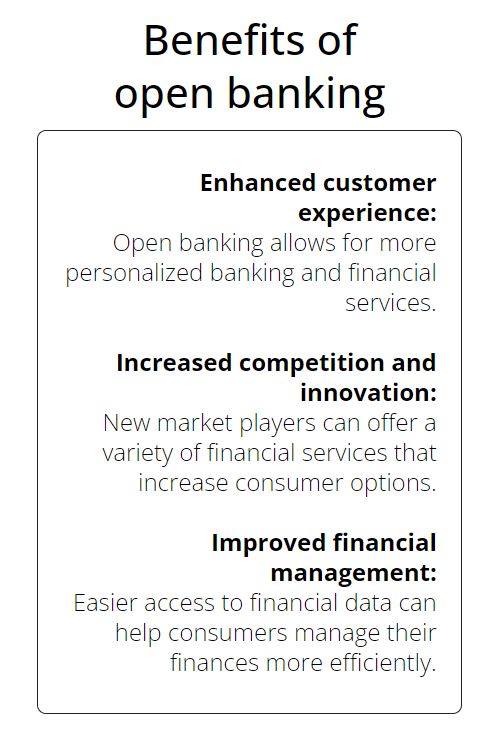84% of Bank Account-to-Account Users Satisfied With Platforms’ Speed and Use
As open banking begins to reshape the financial landscape, the promise of enhanced consumer experiences and innovative services looms large.
But a PYMNTS Intelligence report, “Can Banks and FinTechs Bridge the Divide to an Open Banking Future?,” created in collaboration with NCR Voyix, shows why the future of open banking hinges on how effectively banks, FinTechs and other stakeholders navigate and address the challenges of this transition.
Bridging the Speed Gap: The Quest for Faster PaymentsOpen banking can play a role in the future of payments. The integration of technologies like account-to-account (A2A) transfers and pay-by-bank services, promises quicker, more efficient transactions. But the reality is many are still waiting for their payments. According to the report, nearly 50% of consumers experience up to a week-long wait for payouts, starkly contrasting with 43% who prioritize real-time payments. This disconnect highlights a critical area for improvement.
A2A transfers show significant potential as 84% of users report high satisfaction with their A2A platforms, praising their speed and ease of use. This enthusiasm reflects the transformative power of open banking, suggesting that addressing the delay in traditional systems could capture consumer preference for faster payment solutions.
Financial institutions (FIs) are increasingly adopting Payments-as-a-Service (PaaS) models, indicating a shift toward more agile payment processing methods. The report notes 78% of U.S. FIs see faster payment networks as essential, and 50% of mid-tier FIs have already implemented or are planning to implement PaaS.

Despite open banking’s advantages, security concerns pose a substantial barrier to widespread adoption. The concept of sharing sensitive financial data with multiple stakeholders has not been universally embraced. In the U.K., 60% of consumers are unfamiliar with open banking while 84% are wary of its safety.
Cybersecurity remains a critical concern. According to the report, 77% of FIs experienced cyberattacks last year, and nearly half of American consumers have fallen victim to fraud or scams. The sophistication of these threats has heightened fears, with 62% of consumers worried about advanced fraud schemes. To counteract these fears, 86% of banks are investing in new technologies to enhance cybersecurity. But 36% of consumers still demand more transparency and investment in security strategies from their banks.
Regulations: Balancing Innovation and ProtectionThe evolving regulatory landscape for open banking presents both challenges and opportunities. The Consumer Financial Protection Bureau (CFPB) has proposed rules to standardize data access and prevent misuse, aiming to build trust and streamline sharing.
But debate continues over data access fees as banks support them while FinTechs are concerned about potential stifling of innovation. Screen scraping practices are also under scrutiny, reflecting the need to balance access and security. Stakeholders are refining regulations to support innovation while protecting consumer interests.
To unlock open banking’s potential, FIs should work with regulators to balance innovation and data protection, enhance security with advanced technologies and clearly communicate these efforts to build trust. Educating consumers and staff, along with supporting innovation through labs and partnerships, is essential for developing personalized financial products and advancing a secure financial system.
The post 84% of Bank Account-to-Account Users Satisfied With Platforms’ Speed and Use appeared first on PYMNTS.com.
